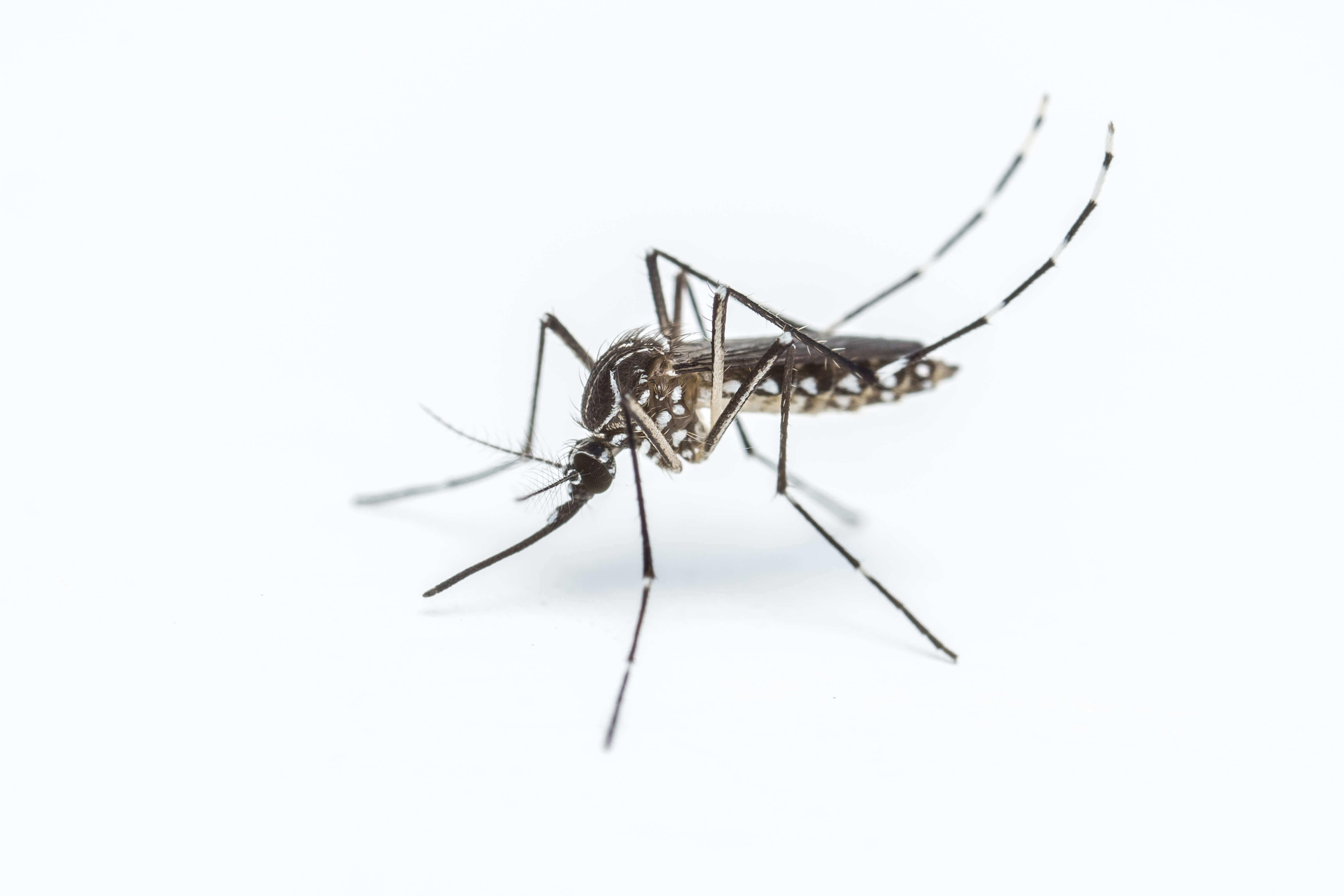Every year, many local and national news stations post online articles that name the most mosquito-infested cities in the US. These articles are usually summaries of public or privately funded annual studies on regional insect pest prevalence in the US. The methodology for each annual study differs depending on the publishing organization, but many rely on yearly records kept by pest control firms located throughout the country. In recent years, reputable studies have ranked San Antonio as being among the top ten most mosquito-infested cities in the US. One of the most recently published studies ranked San Antonio as the 17th most mosquito-infested US city, while another put the city at number 38. In any case, it cannot be denied that a relatively high number of disease-carrying mosquito species are abundant in and around San Antonio, and most of these species are reliant on urban and suburban sources of standing water in order to reproduce. This is why homeowners should do their best to prevent rainwater from pooling in manmade objects that are often found on residential lawns.
Female mosquitoes must lay their eggs in species-specific water sources that will allow their offspring to successfully develop into winged adults. Most disease-carrying mosquito species dwell in urban and suburban areas where they lay their eggs within stagnant water that collects in manmade objects. Many other mosquito species must lay their eggs within natural sources of flowing or stillwater, and some species are able to breed in a variety of both natural and stagnant water sources. The nutrient content in these water sources differ, and the eggs of each mosquito species will perish unless they are deposited within the particular water sources that contain the nutrients they need to develop properly. The Asian tiger mosquito (Aedes albopictus) and the yellow fever mosquito (Aedes aegypti) are invasive mosquitoes that are abundant in San Antonio, and together they are known to transmit numerous diseases to humans, including West Nile, chikungunya, dengue, yellow fever, Zika, several encephalitic diseases, and more. These mosquito species are the most dangerous mosquito species in the city due to their around the clock habit of aggressively biting humans in urban and suburban habitats where they rely on standing water in yards to breed.
Do you make a point to prevent standing water from collecting in your yard?







